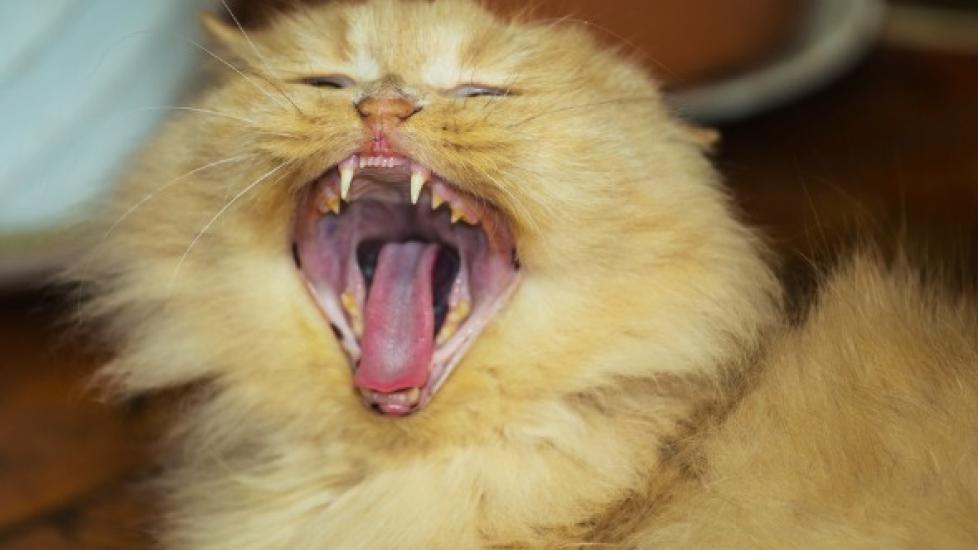Teeth Misalignment in Cats
Malocclusion of Teeth in Cats
Normally, a kitten will have 26 baby teeth once it is six months old. By the time it reaches adulthood, an adult cat will have 30 teeth. Misalignment of a cat's teeth, or malocclusion, occurs when the bite does not fit accordingly. That is, the top and bottom jaws do not fit together neatly. This may begin as the kitten's baby teeth come in and usually worsens as their adult teeth follow.
The smaller front teeth between the canines on the upper and lower jaws are called incisors. These are used to grasp food and to keep the tongue inside the mouth. Canines (also known as cuspids or fangs) are found behind the front teeth, which are also used to grasp. Behind the canines are the premolars (or bicuspids) and their function is to shear or cut food. Molars are the last teeth and are found at the back of the mouth; they are used for chewing.
Symptoms and Types of Malocclusion of Teeth
Common problems that can arise from tooth malocclusion:
- Mouth injuries
- Periodontal disease
- Soft-tissue defects from tooth contact in the floor of the mouth and the roof of the mouth (palate)
- Wear on the teeth
- Fractures
If problems with the palate persist, a fistula may result and become infected. In cases of misaligned teeth, the cat may have difficulty chewing, picking up food, and may be inclined to eat only larger pieces. They are also prone to tartar and plaque build-up.
There are several types of diagnosable malocclusion:
- Overbite (sometimes called overshot, Class 2, overjet, or mandibular brachygnathism)
- Underbite (also called undershot, reverse scissor bite, prognathism, and Class 3)
- Level bite (sometimes called even bite)
- Open bite (front teeth don’t meet each other when mouth is closed)
- Anterior crossbite (canine and premolars occlude normally but one or more lower incisors are in front of the upper incisors)
- Posterior crossbite (one or more premolar teeth overlap the upper teeth)
- Wry mouth or bite (one side of jaw grows longer than the other)
- Base narrow canines (lower teeth protrude inward and can harm the upper palate)
With an overbite, the upper jaw is longer than the lower one. When the mouth is closed, a gap between the upper and lower incisors occurs. Kittens born with an overbite will sometimes have the problem correct itself if the gap is not too large. However, a cat's bite will usually set at ten months old. At this time improvement will not happen on its own. Your pet's overbite may worsen as the permanent teeth come in because they are larger and can damage the soft parts of the mouth. Teeth extractions are sometimes necessary.
Causes of Malocclusion of Teeth
Malocclusions may be caused by:
- A congenital or hereditary predilection
- Failure of deciduous (baby) or permanent (adult) teeth to erupt properly
- Trauma to the mouth
- Retained baby teeth or delayed loss of baby teeth
Treatment for Malocclusion of Teeth
Most bite malocclusions do not require treatment, but in some cases, extractions may be necessary. It’s a good idea to brush the teeth regularly to prevent abnormal build-up of tartar and plaque. Your veterinarian will recommend a dental specialist if you want to correct the teeth misalignment. In recent years, “braces” have been made for kittens to realign the teeth before they can become a health issue.
